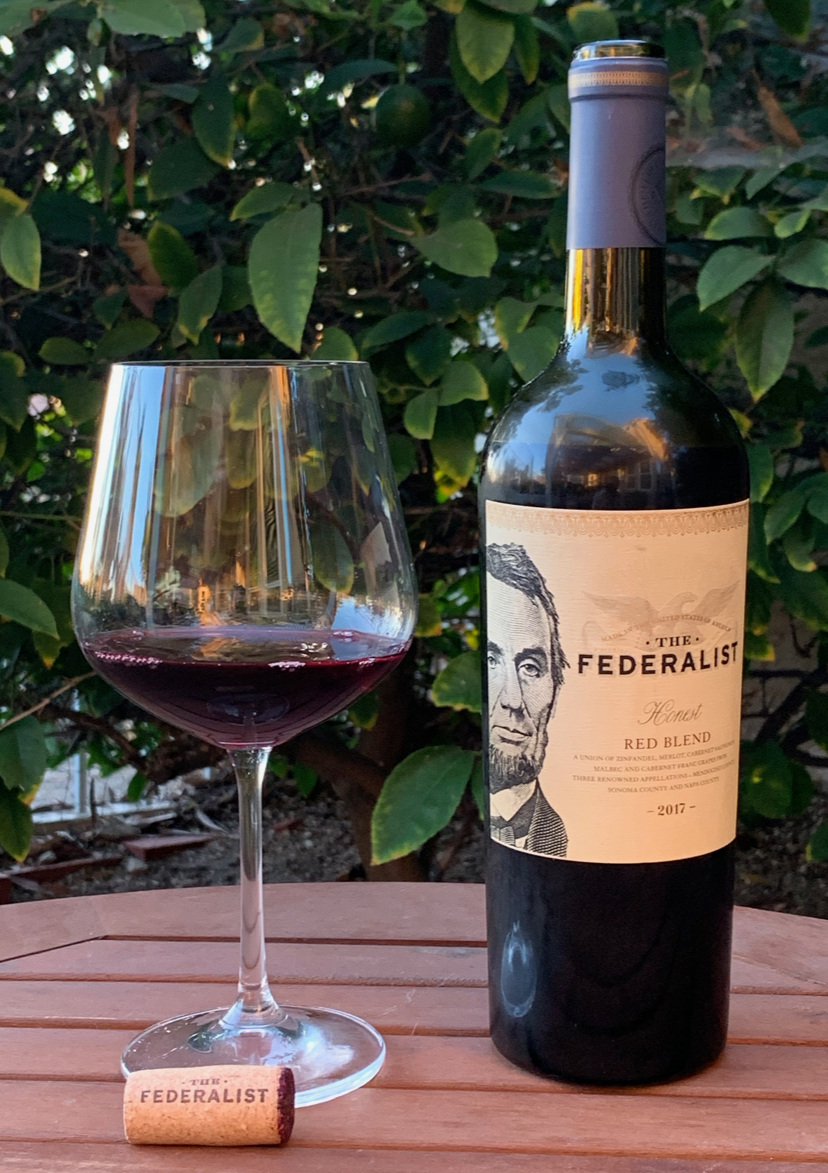While perusing the wine list at a casual restaurant, a friend of mine recently asked “Have you heard of Zibibbo?” I had to reply that I didn’t but promised to look into it.
It turns out that Zibibbo is a white wine grape varietal used to produce both sweet and dry wines, most notably on the Sicilian island of Pantelleria.
The varietal is also known as Muscat of Alexandria, and has similar aromatics to that of Muscat.
To produce the sweet version of this wine, the grapes are usually left on the vine until they partially ferment in the hot sun and start to raisin. Hence the name Zibibbo that is derived from the Arabic word zabib that means "raisins".
The popularity of sweet and fortified wines around the world has declined with time as winemaking techniques and consumer preference have moved towards dry wines. This has led to the appearance of dry wines (both still and sparkling) made from Zibibbo. The dry version of Zibibbo is a bright, golden yellow color. It can have flavors of orange, ripe pineapple and peaches with some hints of saline.
The sweet dessert wines have aromas of almond and apricot, while the taste is sweet, aromatic and with a typical almond aftertaste. The alcohol content of these wines often a minimum of 10 ABV and is typically served cold.
As for pairings, as well as being used as an aperitif, the dry version of Zibibbo works well with fish and shellfish, as well as bold cheeses. However, as you might expect, the sweet wine it a nice match with desserts, especially traditional Sicilian Cannoli, Cassata, and pastries filled with almond paste, as well as pistachio-based desserts and ice cream.
While most notably grow in Sicily, it is also grown in California, but is most often used as a blending variety.
So, there you have it. I’m certainly going to keep my eye out for this wine. And, maybe you should too. Cheers!




